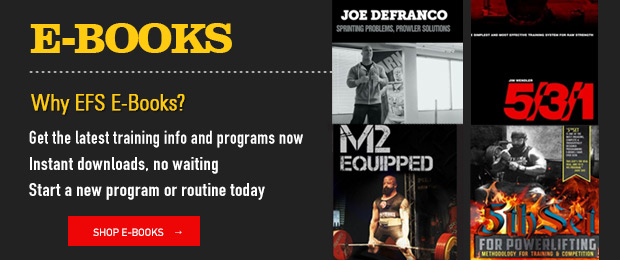
It’s 5 a.m. on Monday morning, and you’ve decided this is going to be a productive day — maybe even an all-caps PRODUCTIVE DAY. You’re whipping the ghee into your coffee, going through the mental checklist of all the business development tasks you’re going to work on today once you get to the gym and get things going. You’ve got a cool idea for a member contest and need to sort out the details and get it announced on your website, newsletter, and blasted on social media. There’s also the issue of your lease coming up for renewal in a year, and you’re considering expanding by moving to a new space.
RECENT: Start Here: Your 3 Core Offerings
You arrive at the gym as your trusted 6 a.m. coach is writing the workout on the whiteboard and looking after the early birds doing their mobility work. You sit down in your office and listen to voicemails, making a note to get back to the two potential new clients and the juice supplier who needs your credit card for this month’s order. You open the gym’s “info@” email account and start sorting through the spam and answering the customer information questions. Soon, a client pokes their head in to let you know there’s a leaky tap in the men’s locker room. After dealing with that, you notice that the towel bin is full again and that the soap needs refilling. You’re right there, so you take care of it.

Dean Drobot © 123rf.com
On the way back to the office, a client pulls you aside to ask if they can upgrade their membership, so you happily bring them into the office to process their payment. It’s time for your morning meeting with your two managers, and it takes a little longer than you’d like explaining to them what next month’s programming is going to entail. While the meeting was going on, your Facebook page blew up with alerts, so you grab the assistant manager who helps with social media and you describe how to moderate a discussion among members about shaving reps that is getting a little too heated for your liking. You look up at the clock. It’s almost noon, and you haven’t even started on that contest, never mind called the landlord about the lease.
Sound familiar? If it does, you’re not alone. Research suggests only 30 percent of managers believe they are good at delegation, which is a critical obstacle blocking your path to real leadership and taking your business to the next level. Delegating is more than just giving tasks to your staff. It’s empowering them to make decisions and execute the business plan. Not only does this free you as an owner to devote your energy to high-level directing that will grow your business, but it also develops leadership skills in your people and strengthens the whole team.
The 8 Levels of Delegation
- “Do it like this.” Instructing your staff this way makes sure it’s done right, which satisfies the perfectionist in you but leaves no freedom for your delegate to make decisions themselves.
- “Look into this and tell me the situation. I’ll decide.” Your staff is empowered to give you analysis but not recommend action. You still have the responsibility of evaluating the options and making the decision.
- “Look into this and tell me the situation. We’ll decide together.” It’s a subtle difference, but here you’re enabling the decision-making process to be shared, which promotes development in your staff.
- “Tell me the situation and what help you need from me in assessing and handling it, after which we’ll decide.” Here, your staff has the extra responsibility to ask themselves questions you would have posed at the previous level of delegation combined with shared decision-making.
- “Give me your analysis of the situation and the pros and cons of your recommendation. I’ll let you know whether you can go ahead.” You’re acting as a check on your staff’s discretion but show trust in their ability to make sound decisions and implement solutions. Be careful that your approval doesn’t delay the process, which can create frustration.
- “Make your decision and inform me of it, then go ahead unless I say not to.” By default, you’re in agreement with your staff member, which empowers them even further. It also removes barriers to action if they know that they can act unless they hear otherwise by a specific deadline.
- “Decide and implement the solution, and then let me know what happened.” You save even more time with this level of responsibility while building in follow-up and feedback. This coaching method builds confidence and develops big-picture decision-making skills that align with your business values.
- “Decide and take action. It’s all you!” This level moves entirely into the realm of mentorship. You provide feedback on a more periodic basis and grant strategic responsibility. Your staff defines projects, tasks, implementation, and analysis, making the necessary decisions in their area of responsibility. This highest level of delegation is appropriate for training a successor, co-owner, or someone preparing to strike out on their own and build their own gym.
Your challenge is to push yourself to progress from doing everything as a Level 1 delegator to Levels 5 and beyond. You’ve hired great people who you want to be challenged and grow, just like your clients challenge themselves in your gym. It’s time to build their strengths, get out of your own way, and free yourself to lead your business into the future you envision.
Header image courtesy of Dmitriy Shironosov © 123rf.com










